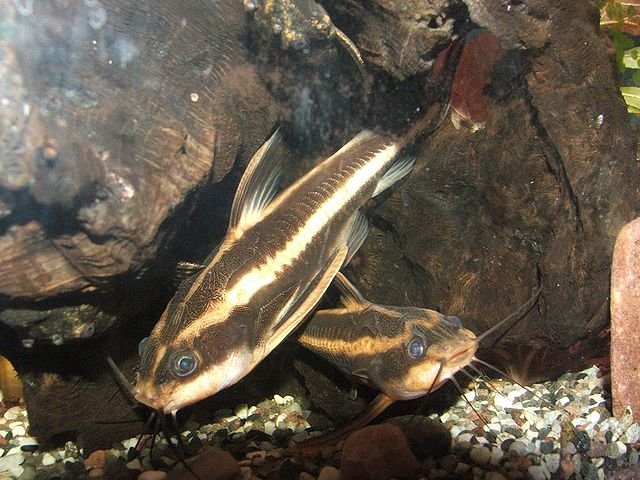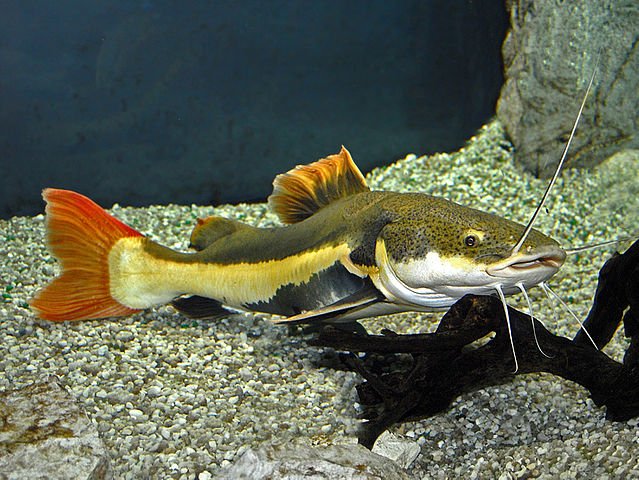
High stocking density can induce chronic stress, negatively impacting fish physiology and increasing disease risk.
Scientists from Guru Angad Dev Veterinary and Animal Sciences University (India), Inland Fisheries Unit, Zonal Agricultural and Horticultural Research Station, and Bihar Animal Sciences University (India) studied the impact of different stocking densities on the farming of striped catfish or pangasius (Pangasianodon hypophthalmus) using a biofloc system.
The Challenge of Stocking Density
Stocking density (SD) significantly impacts fish growth, physiology, and stress susceptibility, varying by species and their tolerance level. Producers often increase stocking density to boost productivity within a shorter cultivation period.
However, extremely high density can lead to poor water quality due to the accumulation of toxic ammonia, resulting in oxidative stress, negative effects on fish performance, immunosuppression, and reduced economic benefits.
The Experiment
According to the study published in the journal Aquaculture, the research was conducted using catfish with an initial body weight of approximately 2.61-2.64 ± 0.01 g. The fish were raised at varying stocking densities (30, 40, 50, 60, and 70 fish per cubic meter) in a biofloc system supplemented with jaggery for 120 days in 1000-liter fiber-reinforced plastic experimental tanks. A stocking density of 30 fish per cubic meter (SD30) was used as a control treatment.
Researchers monitored parameters such as water quality, growth, health, and fish meat quality.
Surprising Results
A stocking density of 50 fish per cubic meter proved to be optimal. In this treatment, the following was observed:
- Better Water Quality: Adequate levels of dissolved oxygen, alkalinity, and other parameters, thanks to an efficient biomass of microorganisms.
- Higher Growth and Survival: Fish reached higher weights and specific growth rates.
- Optimized Intestinal Health: A balanced gut microbiota and increased digestive enzyme activity contributed to better nutrient absorption.
- Better Meat Quality: Fish exhibited more attractive color, greater firmness, and superior nutritional composition.
- Strengthened Immune Response: Fish showed better disease-fighting capability.
Implications for Aquaculture
Optimizing stocking density in intensive aquaculture systems not only improves fish production and performance but also ensures better meat quality and a more robust health status. Implementing the appropriate density can reduce chronic stress in fish, thus decreasing disease risks and enhancing overall farming sustainability.
Stay Always Informed
Join our communities to instantly receive the most important news, reports, and analysis from the aquaculture industry.
The study results suggest that a stocking density of 50 fish per cubic meter in biofloc systems can be an effective strategy to increase pangasius production.
Conclusion
“The study highlighted that a stocking density of 50 fish m−3 of striped catfish in biofloc exhibited better water quality with respect to a significant reduction in total ammonia nitrogen by the abundant proliferation of heterotrophic bacteria through jaggery supplementation under an adequate Cratio (15:1),” the researchers concluded.
Overall, the density of 50 fish showed significantly better water quality, fish performance, health status, and meat quality (p < 0.05). These findings suggest that fish farmers can benefit from using an appropriate stocking density (50 fish per cubic meter) for P. hypophthalmus in biofloc systems, thereby improving water quality, growth performance, health status, and meat quality.
Contact
Amit Mandal
Department of Aquaculture, College of Fisheries, Guru Angad Dev Veterinary and Animal Sciences University
Punjab 141004, India
Email: amgadvasu@gmail.com
Reference
Mandal, A., Holeyappa, S. A., Khairnar, S. O., Barik, S., Tyagi, A., & Surasani, V. K. R. (2024). Growth performance, health status and flesh quality of striped catfish (Pangasianodon hypophthalmus) reared in variable stocking densities in biofloc system. Aquaculture, 590, 741047. https://doi.org/10.1016/j.aquaculture.2024.741047
Editor at the digital magazine AquaHoy. He holds a degree in Aquaculture Biology from the National University of Santa (UNS) and a Master’s degree in Science and Innovation Management from the Polytechnic University of Valencia, with postgraduate diplomas in Business Innovation and Innovation Management. He possesses extensive experience in the aquaculture and fisheries sector, having led the Fisheries Innovation Unit of the National Program for Innovation in Fisheries and Aquaculture (PNIPA). He has served as a senior consultant in technology watch, an innovation project formulator and advisor, and a lecturer at UNS. He is a member of the Peruvian College of Biologists and was recognized by the World Aquaculture Society (WAS) in 2016 for his contribution to aquaculture.




